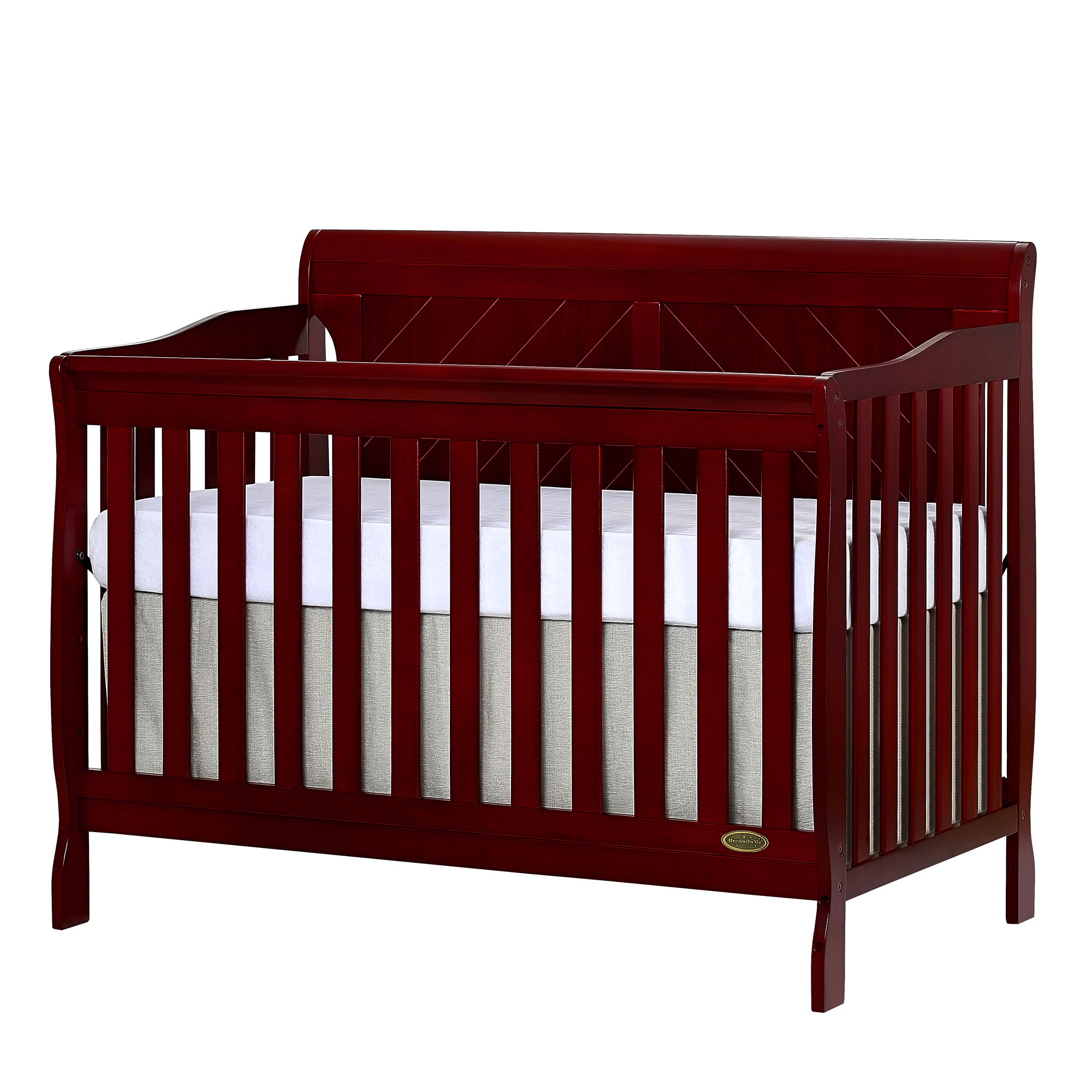DigiTool
Product code: 8441-120Price: £18.90 (inclVAT)(Buy any 3 or more Lamberts products and save 5%)Can't find what you are looking for?
What are the 'Westgard Rules'? How do you use them?Everything you ever wanted to know, or possibly didn't want to know, about multirule QC. Multirules are popularly known in the laboratory as 'Westgard Rules.' Here's the best place to find out more about them.What is a multirule QC procedure?First, a non-technical description.
Wg Multi-guard Manual 2016
When my daughter Kristin was young and living at home, she liked to party. One day when she told me she was again intending to be out late, I felt the need to exert some parental control over her hours. So I told her that if she was out once after three, twice after two, or four times after one, she was in big trouble. That's multirule control.Kristin hates it when I tell this story, and while it isn't entirely true, it's still a good story and makes multirule QC understandable to everyone.

Wg Multi-guard Manual Instructions
(By the way, she turned out okay; she graduated number 1 in her class from law school and I'm very proud of her. It's also true that she has her mother's brains, which together with my persistence - or stubborness, as it's known around the house - makes a pretty good combination.) I will also have to admit that around our house it is Mrs.
Westgard's rules that really count. My wife Joan hates it when I tell this part of the story, but she's put up with me for over thirty-five years and I'm now in a state of fairly stable control, so it will take a bigger deviation than this before I get into big trouble.Now for a more technical description. Multirule QC uses a combination of decision criteria, or control rules, to decide whether an analyticalrun is in-control or out-of-control. The well-known Westgard multirule QC procedure uses 5 different control rules to judge the acceptability of an analytical run. By comparison, a single-rule QC procedure uses a single criterion or single set of control limits, such as a Levey-Jennings chart with control limits set as either the mean plus or minus 2 standard deviations (2s) or the mean plus or minus 3s.
'Westgard rules' are generally used with 2 or 4 control measurements per run, which means they are appropriate when two different control materials are measured 1 or 2 times per material, which is the case in many chemistry applications. Some alternative control rules are more suitable when three control materials are analyzed, which is common for applications in hematology, coagulation, and immunoassays. What are the 'Westgard rules'?For convenience, we adopt a short hand notation to abbreviate different decision criteria or control rules, e.g., 1 2s to indicate 1 control measurement exceeding 2s control limits. We prefer to use subscripts to indicate the control limits, but other texts and papers may use somewhat different notation (e.g.
1:2s rather than 1 2s) Combinations of rules are generally indicated by using a 'slash' mark (/) between control rules, e.g. 1 3s/2 2s.The individual rule are defined below. The 'thumbnail' graphic next to a rule shows an example of control results that violate that rule. You can click on a graphic to get a larger picture that more clearly illustrates the application of each control rule. 1 3srefers to a control rule that is commonly used with a Levey-Jennings chart when the control limits are set as the mean plus 3s and the mean minus 3s. A run is rejected when a single control measurement exceeds the mean plus 3s or the mean minus 3s control limit.1 2srefers to the control rule that is commonly used with a Levey-Jennings chart when the control limits are set as the mean plus/minus 2s.
In the original Westgard multirule QC procedure, this rule is used as a warning rule to trigger careful inspection of the control data by the following rejection rules.2 2s- reject when 2 consecutive control measurements exceed the same mean plus 2s or the same mean minus 2s control limit.R 4s - reject when 1 control measurement in a group exceeds the mean plus 2s and another exceeds the mean minus 2s. This rule should only be interpreted within-run, not between-run.